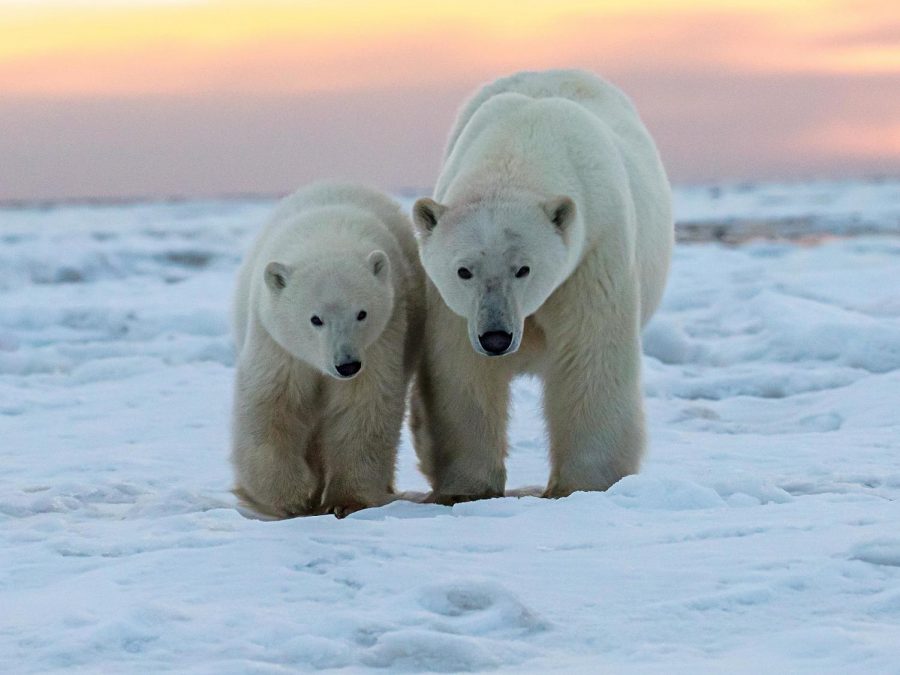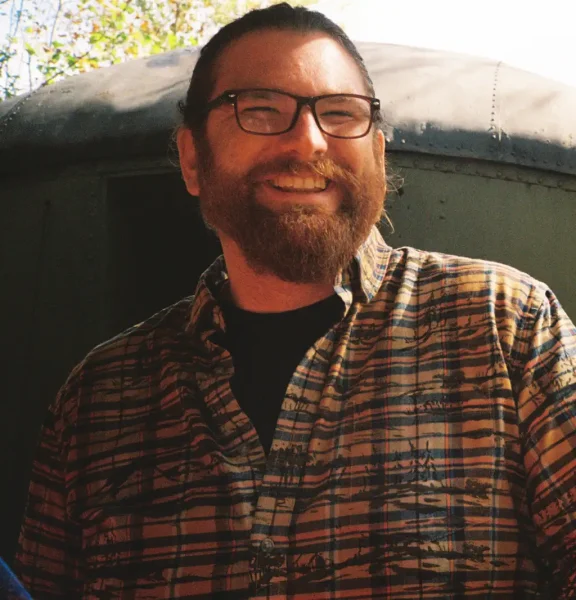International Polar Bear day brings awareness to global warming and environmental problems
International Polar Bear Day is on Saturday, Feb. 27 this year. This day is supposed to bring awareness to global warming, environmental problems, and other issues causing polar bears harm. Polar bears are facing endangerment and are considered a vulnerable species in most countries. Because of climate change and human activity, polar bears’ habitats and food sources are being compromised and destroyed, causing disease and death among the species.
On their website, Polar Bear International shows the changes of the Arctic sea ice from 1984 to 2016. This video clearly shows an extensive and devastating loss of habitat. Factors causing the increased risk of survival of the polar bears include hunting, commercial activity, and disease. Because of the loss of Arctic ice, polar bears are having to swim longer and are having a more difficult time hunting and retrieving food. The website says, “In one study, a collared female polar bear embarked on a marathon, 426-mile swim over nine days without finding a resting place. Somewhere along the way, she lost her cub and 22% of her body weight.” Without proper rest and forcing their bodies to swim for days on end, polar bears lose their body mass and, a lot of times, moms lose their cubs due to their harsh environment.
The reason polar bears are losing so much Arctic ice is because of human activity. This includes the oil and gas sites, commercial shipping, tourism, mining, and pollution. Because of the ice melting, there is better access for shipping routes to open up, causing even more human activity and pollutants to take over their habitat. According to the same website, scientists have been able to study a certain number of these pollutants and have discovered that they can be genetically altering. It goes on to say, “Pollutants can affect the bears’ hormonal system, including hormones essential to their growth, reproduction, and metabolism.” Pollutants are also often absorbed through mother bears’ milk for the cubs which causes diseases and death in both the mother and cub.
Scientists have also found that vitamin levels can be compromised and cause the skull bone structure to change. “Contaminants have been shown to cause shrinking genitalia in polar bears and weakened bones. Overall, this could affect their reproduction and general health.” It is clear that polar bears are not only dying because they cannot survive their harsh habitats, but because of human activity and pollution, they are evolving for the worse.
The good news, though, is that everyone has the power to help. Whether you’re a teacher, student, or community member, no matter who you are, there are plenty of ways to help. The first step to understanding climate change and learning more about polar bears is to educate yourself on the matter. Diana Barber, biology professor at WLU, says, “The choices we make everyday impact polar bears.” It is important that we act now so we can have a better future. Barber added, “The longer we delay dealing with the negative impacts of our land use practices and fossil fuel use the worse our situation will be.”
There are unlimited sources such as https://polarbearsinternational.org/ and https://www.wwf.org.uk/learn/fascinating-facts/polar-bears to learn about climate change, polar bears, and other species and ecosystems at risk. Remember to show support for the polar bears on Feb. 27 by sharing posts, signing petitions, or just simply learning more.
Lizzy is currently a senior at West Liberty University and serves as the news/copy editor for The Trumpet. She is majoring in public relations with a minor...







